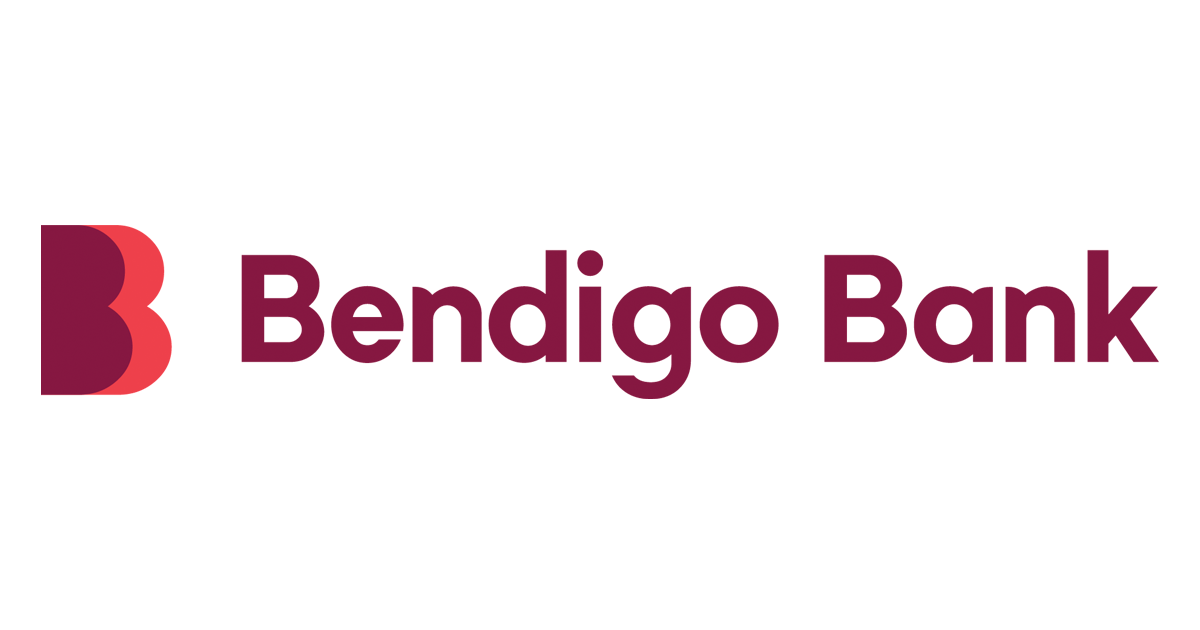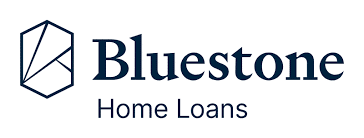A home equity loan is a type of home loan that lets you access the equity you’ve built up in your property. Equity is the difference between your home’s current market value and the amount you still owe on your mortgage. For example, if your home is worth $700,000 and you owe $400,000 on your loan, you have $300,000 in equity.
These loans are sometimes referred to as second mortgages because they involve taking out an additional loan secured against your home, separate from your original mortgage. You’re essentially borrowing against the value you've accumulated over time, usually up to a certain percentage of your available equity.
Using your home equity in this way increases the total amount you owe on your home loan, which can lead to higher monthly repayments. However, it can be a useful way to fund major expenses like renovations and investments.
Home equity loan options
There are two main types of home equity loan to allow you to access the value you’ve built up in your property:
-
Lump sum home equity loan
A lump sum home equity loan lets you borrow a fixed amount using your available equity as security. This works much like a traditional loan, where you receive the full amount upfront and repay it in instalments over a set loan term, with interest.
This option is generally suited to borrowers who know exactly how much they need and want to make fixed repayments over time, such as for a one-time purchase or project.
-
Home equity line of credit
A home equity line of credit (HELOC) is a more flexible option that allows you to draw down funds as needed, up to a pre-approved credit limit. You’re not locked into borrowing a fixed amount, and you can access funds whenever required, provided you stay within your limit. Interest is only charged on the amount you actually withdraw, not the full approved limit.
A HELOC can be useful if you’re unsure how much you’ll need or plan to borrow in stages, for instance, during a long or staggered renovation.
Home equity loan vs refinancing: what’s the difference?
Another way to unlock the equity in your home is by refinancing your mortgage. This involves replacing your existing home loan with a new one with a higher loan balance than your current mortgage. The difference between your old loan and the new one is paid out to you in cash, allowing you to access your equity. This is known as cash-out refinancing.
Refinancing can also allow you to get a lower interest rate and access more features. It may also be simpler to manage as you’re only repaying one loan.
Some lenders may also offer a home loan top-up, where you increase the limit on your existing mortgage to access additional funds. This works similarly to refinancing but doesn't involve switching to a new lender or product.
By contrast, a home equity loan is a second loan that sits alongside your original mortgage. While this offers more flexibility, especially with a line of credit, it does mean you’ll be managing two separate loans and repayments.
What can I use a home equity loan for?
You can use a home equity loan for almost any purpose. Some of the most popular uses include:
-
Home renovations
Renovating your home can often be more affordable than moving and may also add value to your property. One way to cover the cost is by using your home equity to fund renovations – whether you're upgrading a kitchen, remodelling a bathroom or building an extension. Just keep in mind that any funds you withdraw will increase your loan balance, which means higher repayments.
-
Deposit on an investment property
Many Australians use the equity in their home as a deposit when buying an investment property. This can eliminate the need to save a large cash deposit as well as help you build long-term wealth through property. However, it's important to be cautious. If your investment underperforms or you overextend yourself financially, it can put pressure on your ability to manage multiple repayments.
-
Debt consolidation
If you owe money on personal loans or credit cards, you can consolidate these debts into your home loan, leaving you with just one regular repayment to manage. This can help simplify your finances and, because home loan interest rates are typically much lower than credit card or personal loan rates, potentially reduce the amount of interest you’ll pay overall. Just be aware that stretching short-term debt over the life of your mortgage may result in more interest paid overall unless you make extra repayments.
-
Investing in a business
If you're looking to start, buy or expand a business, tapping into your home equity can be a cost-effective way to raise capital. Compared to a standard business loan, you may be able to borrow a larger amount, benefit from a lower interest rate and enjoy a longer repayment term.
That said, using your home to fund a business comes with risk. For example, if the business struggles or fails, you’re still responsible for repaying the loan.
-
Buying a car
If you need a new car, using your home equity to buy one can allow you to access lower interest rates than you would get purchasing a vehicle with a car loan. It also allows you to avoid taking out a separate loan and going through another credit check. Just remember that if you're repaying the car over your full home loan term, you might end up paying more in interest than if you'd used a shorter-term car loan.
How much home equity can I access with a loan?
The amount of equity you can access through a home equity loan depends on both the value of your property and your financial situation. While you may have built up significant equity, lenders will only allow you to borrow against a portion of it – this is known as your usable equity.
Usable equity is typically calculated as a percentage of your home’s current value, minus the balance remaining on your mortgage. Most lenders allow you to borrow up to 80% of your property’s value, though some may go higher.
For example:
| Item | Amount |
|---|---|
| Property value | $700,000 |
| 80% of property value | $560,000 |
| Current loan balance | $400,000 |
| Usable equity | $160,000 |
However, how much you can actually borrow depends on:
- Your ability to afford repayments: lenders will review your income, expenses and existing debts to make sure you can afford the increased loan amount.
- Your credit score: a good credit history can improve your chances of approval and may lead to better interest rates.
- Your lender’s policy: each lender has its own loan-to-value ratio (LVR) limits. While most cap borrowing at 80%, some may go higher – but be aware these will come with additional conditions like lender’s mortgage insurance (LMI) or higher interest rates.
Remember: You don’t have to borrow the full amount available, only what you need and can comfortably afford to repay.
Home equity loans vs reverse mortgages
While both home equity loans and reverse mortgages let you access the value tied up in your home, they work in different ways and are designed for different types of borrowers.
A reverse mortgage is a type of loan only available to homeowners aged 60 or over. It allows you to borrow against the equity in your home without needing to make repayments while you live there. Instead, interest and fees are added to your loan balance over time, which means your debt grows until the property is sold.
The amount you can borrow depends on your age and the value of your home. If you're 60, you may be able to borrow around 15–20% of your home’s value, which increases by about 1% each year. Minimum loan amounts vary by lender but often start at around $10,000.
Here’s a brief look at the key differences between a home equity loan and a reverse mortgage:
| Home equity loan | Reverse mortgage | |
|---|---|---|
| Eligibility | Available to homeowners of any age | Only available to homeowners aged 60+ |
| Repayments | Regular repayments required | No repayments required while living in the home |
| Interest | Typically lower rates; interest paid as part of regular repayments | Higher rates; interest compounds over time |
| Loan balance | Reduces over time as repayments are made | Grows over time as interest and fees accumulate |
| How funds are accessed | Lump sum or line of credit | Lump sum, line of credit, regular payments or a combination |
| Lender availability | Widely available | Limited to select lenders, often with stricter conditions |
Tips for building equity in your home
Building equity in your property can increase your borrowing power and improve your financial position. There are two main ways to do this:
-
Increase your property value
While broader market trends may be out of your control, there are things you can do to heighten the appeal of your home and potentially boost its value:
- Renovate key areas
- Extend or add to the home
- Stay on top of maintenance
- Enhance energy efficiency
If you have an investment property, improving it can also justify higher rental income, further strengthening your financial return.
-
Pay down your mortgage faster
Reducing your loan balance is a direct way to build equity. Some strategies include:
- Making extra repayments: even small additional payments can significantly reduce your loan term and the amount of interest you pay over time.
- Using an offset account: linking an offset account to your home loan reduces the interest charged on your loan balance, helping you pay it off faster.




















